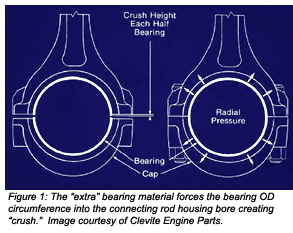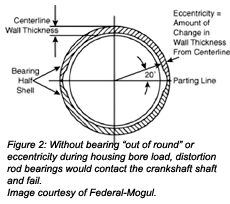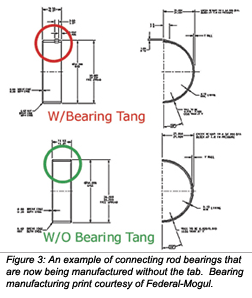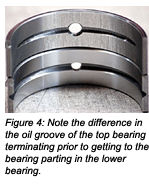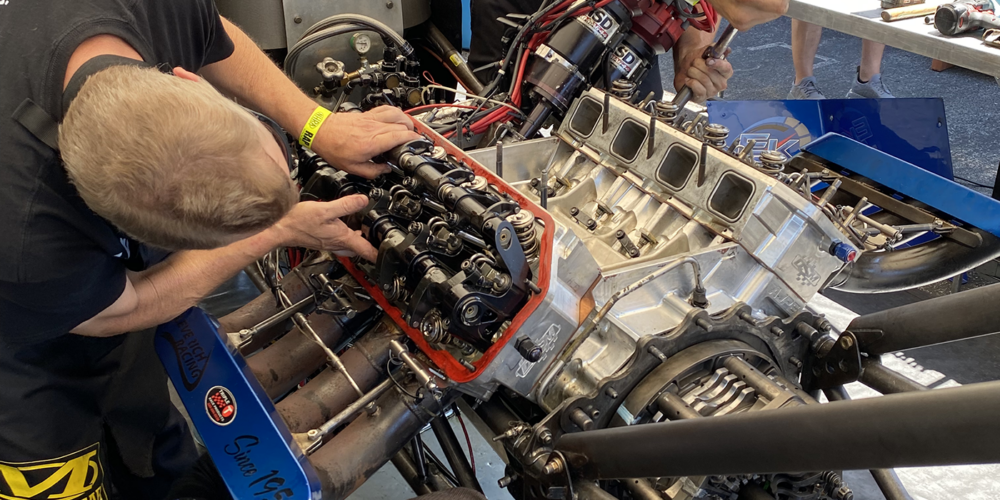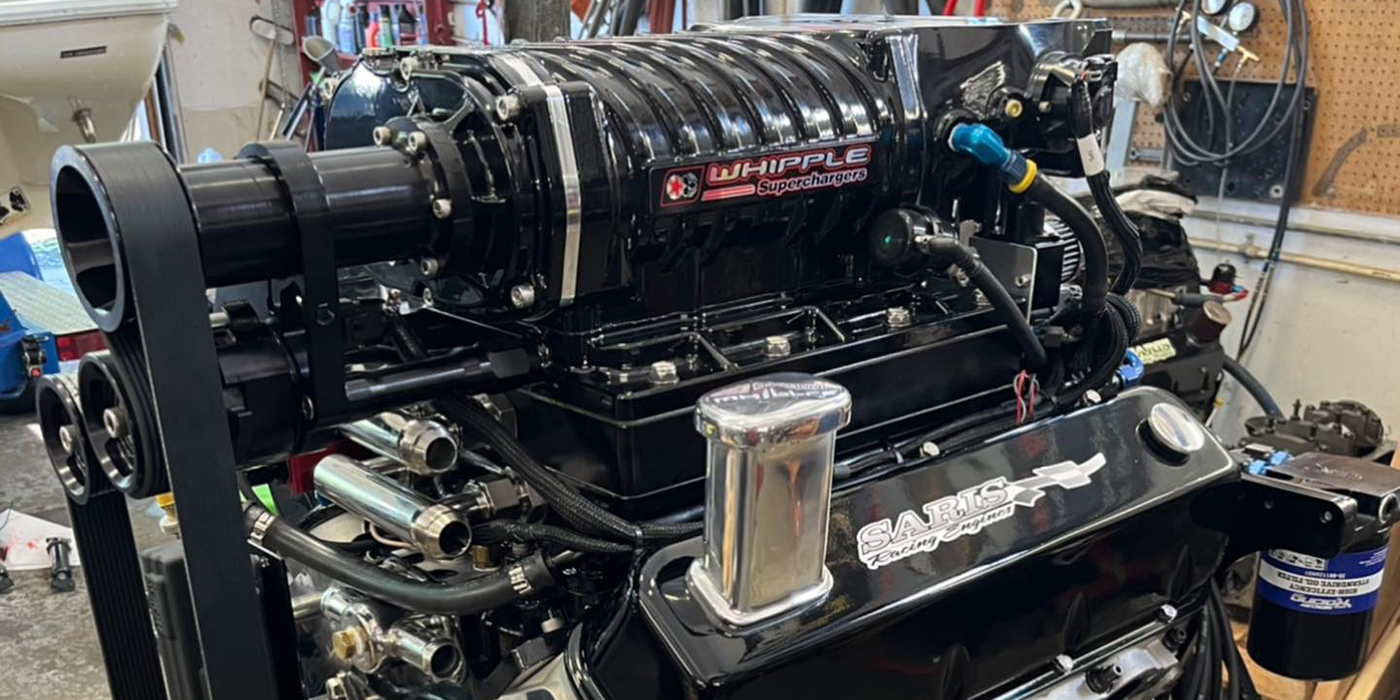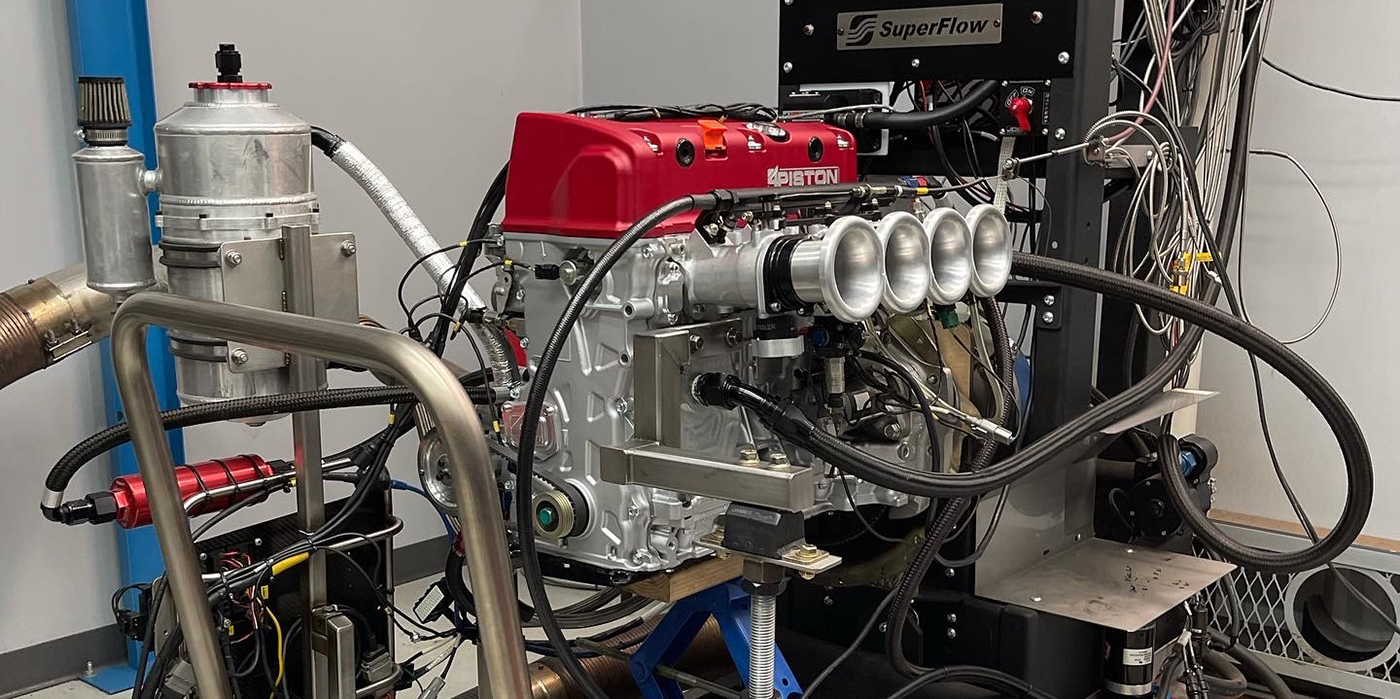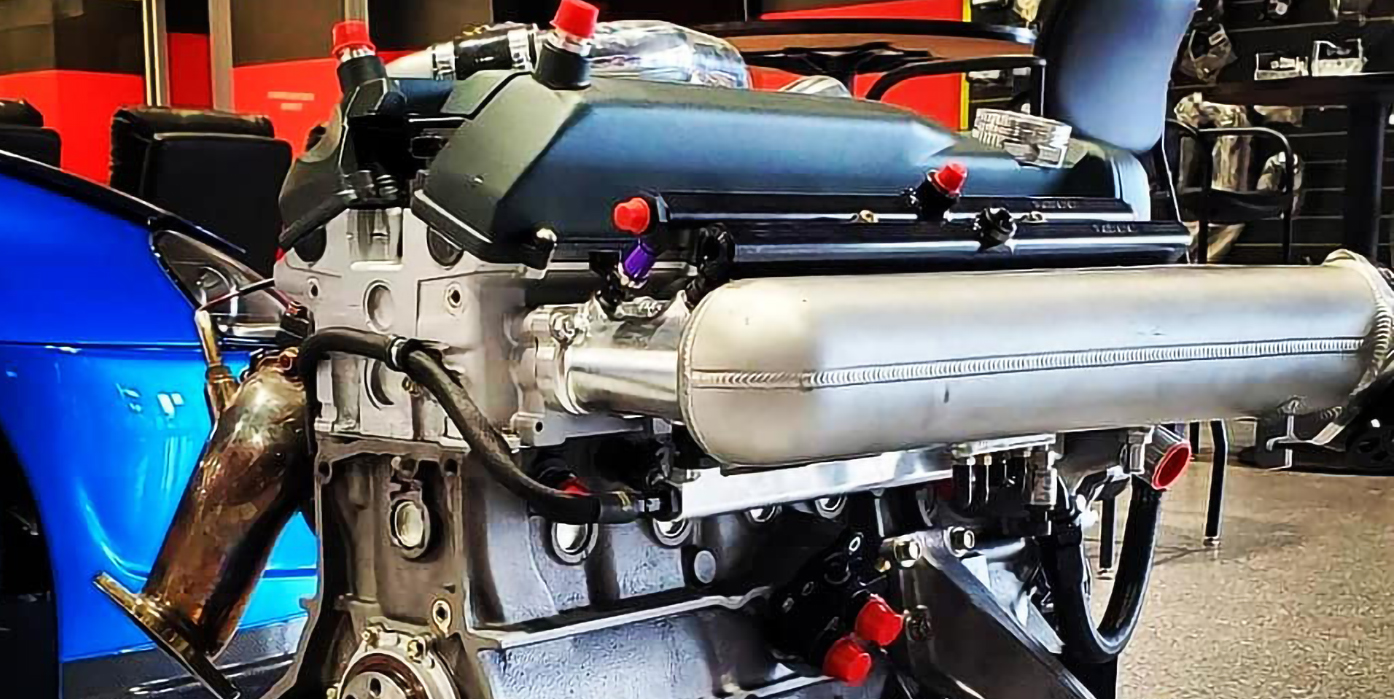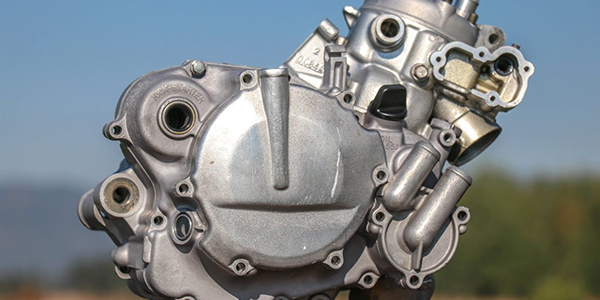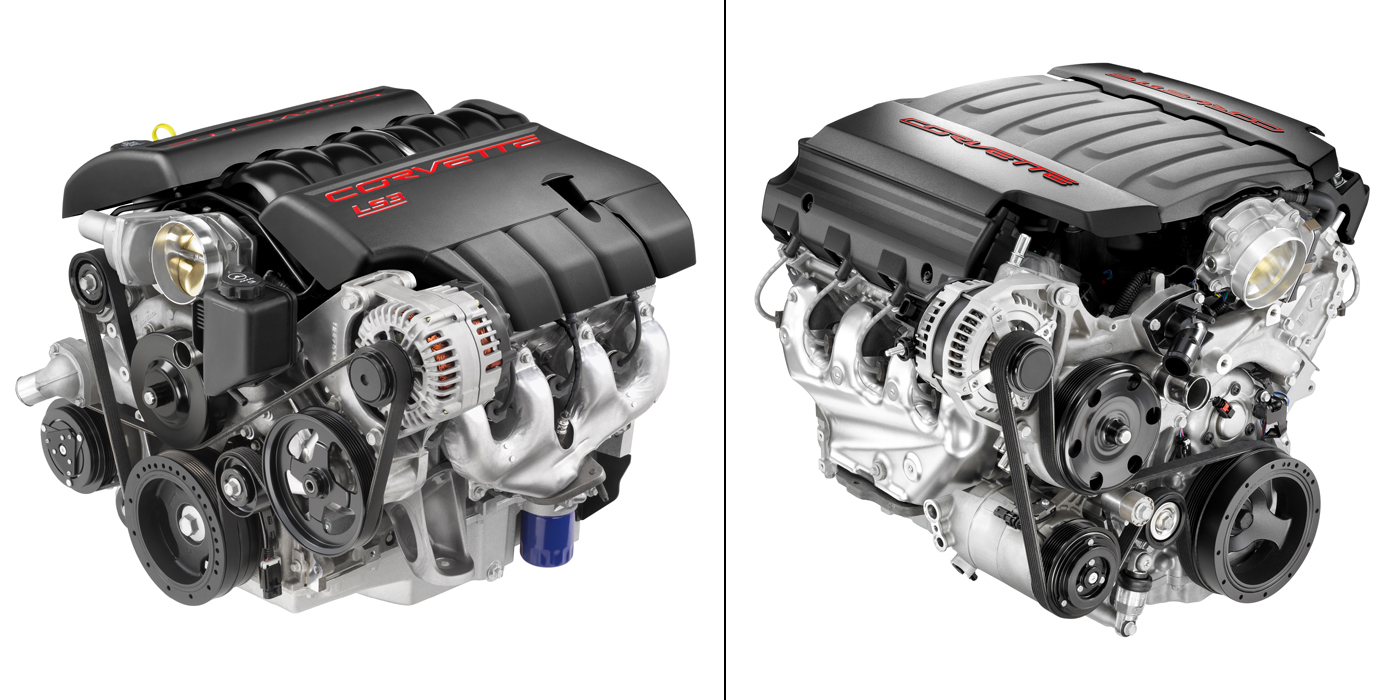Have you ever heard the phrase “old wives’ tales”? My father used it
all the time whenever something didn’t seem to make sense to him for
the moment. For instance, most everyone knows these: “Don’t cross your
eyes or they’ll stay that way” and “feed a cold, starve a fever.”
Like I said, they’re “old wives’ tales.” They can be a lot of fun but
eventually you get to where the truth needs to be known. So, as the
cartoon character Popeye would say just before his head would blow and
his pipe would turn into a steam whistle, “that’s all I can stands and
I can’t stands no more!”
That is exactly the way I feel about how many people are confused about rod bearings without locator tabs or tangs.
But before we attempt to address that subject there are a couple of
prerequisites that we have to get out of the way. Every once in a while
you have to go back to the basics. I am going to give you an
abbreviated “Cliffs Notes” explanation on two points, but I strongly
recommend that you get this information in much greater detail from any
of the major engine bearing manufacturers. Verify for yourself that
what I am telling you is no “old wives’ tale.”
Crush
The term “crush” refers to the outward force created by the portion of
the bearing that extends above the housing bore when the bearing halves
are set into place. This “extra” material (see Figure 1) holds the
outside diameter of the bearings firmly against the housing bore when
the assembly is torqued to specification. By increasing the surface
contact between the bearing and connecting rod housing bore, crush
minimizes bearing movement, helps to compensate for bore distortion and
aids in heat transfer.
In simple terms: bearing crush is what holds the bearing in place.
Think of it as putting 10 lbs. of something into a 5-lb. bag. The tang
or locator tab on the shell that fits the saddle is only for locating
the bearing during assembly.
Eccentricity
“Eccentricity” refers to the variation in the inside diameter of a
bearing assembly (Figure 2) when it is measured at different points
around its bore. A properly designed engine bearing is not truly
“round” when it is installed in the connecting rod or engine block.
Under operating loads, a rod or main housing bore will distort, pulling
inward at the parting line between the upper and lower halves. To keep
the bearing from contacting the crankshaft in these areas, most designs
include additional clearance at each parting end of the bearing. As
engine loads increase, so does the amount of distortion, thus race and
heavy-duty bearings require greater eccentricity than do passenger car
bearings.
The Chrysler 4.7L and 3.7L engines have transitioned to the “no tab”
rod bearings, but, as best I have been able to ascertain, the part
numbers stayed the same. The “no tab” bearing is the service
replacement as well as new production for these engines. They are the
exact same bearing as can be seen in Figure 3. The aftermarket has also
followed suit with the “no tab” bearing update, so everyone needs to
get a grip and realize that the locator tab may be a thing of the past.
Here is an old wives’ tale I’ve been hearing within the engine building
segment: “The bearing tab keeps the rod bearing from spinning.” NOT!
Tab-less connecting rod bearings are here to stay and will become the
bearing style of choice for many OEs in the near future. If you’re
wondering why these bearings and connecting rods have been changed,
there’s a simple explanation: it’s less expensive to manufacture a
bearing and connecting rod without a tab. You may actually find
yourself in a position of having to install both types in the same
engine because of inventory depletion of the early style tang-type
bearings. Fear not: it’s no big thing and the engine will never know
the difference.
Eliminating The Low Oil Pressure Gremlin
And while we’re on the subject of bearings, I’d like to discuss
something that has reared its ugly head for as long as I have been
around the industry. I can also say that the solution has been the most
effective in solving a problem that seems to creep up on engine
builders everywhere and has an effect on the shops that install engines
— both in time and warranty issues.
“Low Oil Pressure” is the frightening gremlin of which I speak! Here is
the situation: your customer just got his vehicle back with your newly
installed rebuilt engine. But wait: as he returns home, as far as he
can tell there is either no more — or possibly less — oil pressure than
the old engine had. Or, perhaps they notice that dreaded hot idle oil
light flicker, even though the engine meets the minimum pressure
allowed by the OE.
What does the innocent consumer believe? Defective workmanship, trying
to get away with something, taking short cuts — no matter what the
reality is, they feel like you took advantage of them!
Even though every component was machined to exacting specifications and
tolerances, this problem rises up and grabs you like a mad pit bull
with a death grip on your throat. In more instances than I like to hear
about, the engine is replaced with another and everything appears to be
fine.
Once the engine in question is returned, all kinds of diagnostics then
take place, from oil bleed testing to complete disassembly and
re-measurement of all of the components. Oil pump and pick up testing
is conducted. Cam bearing oil hole locations are examined, yet
invariably, nothing stands out as being a problem.
The components from that engine may be put back into the system and
never see each other again as a complete unit. Yet none of the
components are ever identified as a problem for any other assembly.
So how do you explain the oil pressure gremlin? More often than not you
can’t, and you just move on to “it happened” and that is that.
I can’t give you a foolproof solution, but how about one that has been
extremely helpful in eliminating the oil pressure gremlins from many an
engine?
Before I give you that however, let’s take a quick moment to talk about
what happens at the OE level when an engine is assembled. There was a
time when the words “select fit” was limited to import engine
applications and it allowed them to install select fit engine bearings
that were slightly larger and smaller in size so that the optimum
minimum bearing clearance could be obtained on each individual
crankshaft journal be it connecting rod or main bearing. Well that
procedure exists in nearly every engine application being assembled
worldwide today.
Regardless of how stringent the procedures and quality control are on
the engine rebuilding side, the use of select fit bearings is neither
feasible, economically sound or even available in undersize bearings.
But rising up again, as if from the dead, is the undying
entrepreneurial spirit of the “engine builder.” What do I mean by that?
It’s no trick – and for many situations they’re proving to be the
perfect treat: main bearings that seem to completely eliminate the low
oil pressure issue.
No, they are not some voodoo magic but they are a way to address and
combat the possible low oil pressure issues described above. What
exactly are they? They are main bearings in which the oil grove is
terminated prior to getting to the parting line.
As you see in Figure 4, the oil groove terminates before it gets to the
bearing parting line. This style of main bearing has accounted for a
15% or more increase in hot idle oil pressure.
So if your shop is the one that does the engine rebuild, and if you’re
looking to eliminate some of those unexplained low oil pressure
gremlins, contact your bearing manufacturer and ask about this style
bearing and availability for the engine applications that you are
building for your customer.
A special note of thanks goes out to the engineering
people of ProFormance Engines, Springfield, MO, and in particular Reggie Gray. 